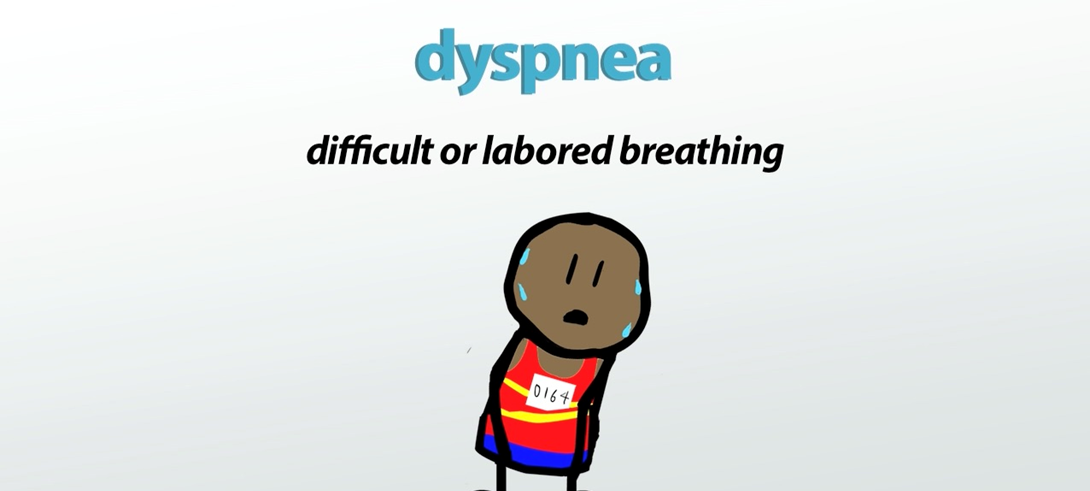The nurse teaches an older adult diagnosed with diabetes mellitus and prescribed metoprolol to recognize early clinical indicators of hypoglycemia. Which clinical indicators of hypoglycemia does the nurse include in client teaching as the indicators this man is most likely to detect? (Select all that apply.)
Diaphoresis
Anxiety
Tachycardia
Impaired vision
Confusion
Dizziness
Correct Answer : A,B,E,F
Choice A reason: Diaphoresis is a common symptom of hypoglycemia, as the body tries to increase blood flow and release adrenaline to raise blood sugar levels. The client may notice sweating on the face, palms, or underarms.
Choice B reason: Anxiety is a common symptom of hypoglycemia, as the low blood sugar affects the brain and nervous system. The client may feel nervous, restless, or fearful.
Choice C reason: Tachycardia is not a reliable symptom of hypoglycemia for this client, as he is taking metoprolol, a beta-blocker that lowers the heart rate. Metoprolol can mask the signs of hypoglycemia, such as palpitations, tremors, and increased heart rate.
Choice D reason: Impaired vision is not a reliable symptom of hypoglycemia for this client, as he is an older adult who may have other eye problems, such as cataracts, glaucoma, or macular degeneration. Impaired vision can also be caused by other factors, such as fatigue, stress, or medication side effects.
Choice E reason: Confusion is a common symptom of hypoglycemia, as the low blood sugar affects the brain and cognitive function. The client may have difficulty thinking clearly, remembering things, or making decisions.
Choice F reason: Dizziness is a common symptom of hypoglycemia, as the low blood sugar affects the balance and coordination. The client may feel lightheaded, faint, or unsteady.
Nursing Test Bank
Naxlex Comprehensive Predictor Exams
Related Questions
Correct Answer is ["B","C","D","E"]
Explanation
Choice A reason: Determining coughing frequency is not a reliable way to assess whether the client has adhered to prescribed therapy, as coughing can have various causes and may not be related to heart failure or its treatment.
Choice B reason: Checking for peripheral edema is a useful way to assess whether the client has adhered to prescribed therapy, as peripheral edema is a common sign of fluid retention and worsening heart failure. If the client has been taking diuretics as prescribed, the edema should be reduced or absent.
Choice C reason: Auscultating the lungs bilaterally is a helpful way to assess whether the client has adhered to prescribed therapy, as lung sounds can indicate the presence or absence of pulmonary congestion and crackles, which are signs of fluid overload and worsening heart failure. If the client has been taking medications to improve cardiac function and reduce fluid volume as prescribed, the lungs should be clear or improved.
Choice D reason: Assessing diet over the last 48 hours is a relevant way to assess whether the client has adhered to prescribed therapy, as diet can affect fluid and sodium intake and retention, which can worsen heart failure. If the client has been following a low-sodium and fluid-restricted diet as prescribed, the risk of fluid overload and dyspnea should be lower.
Choice E reason: Comparing current weight to baseline is an important way to assess whether the client has adhered to prescribed therapy, as weight can reflect fluid status and changes in heart failure condition. If the client has been taking medications and following dietary recommendations as prescribed, the weight should be stable or decreased.

Correct Answer is C
Explanation
Choice A reason: Older African American women do not have the highest risk of suicide among older adults. According to the CDC, suicide rates are highest among adults age 75 and older, and highest among males age 75 and older.
Choice B reason: Older adults and younger adults do not manifest suicidal intent in a similar manner. Older adults tend to plan suicide more carefully, use more lethal means, and have fewer warning signs than younger adults.
Choice C reason: A major crisis experienced by the client can contribute to the risk of suicide. Older adults may face various stressors, such as bereavement, loneliness, chronic illness, or loss of independence, that can trigger suicidal thoughts or behavior.
Choice D reason: Ethics do not require that the nurse respects a person’s intent to terminate his or her own life. Nurses have a duty to protect the safety and well-being of their clients, and to intervene if they suspect suicidal risk.
Whether you are a student looking to ace your exams or a practicing nurse seeking to enhance your expertise , our nursing education contents will empower you with the confidence and competence to make a difference in the lives of patients and become a respected leader in the healthcare field.
Visit Naxlex, invest in your future and unlock endless possibilities with our unparalleled nursing education contents today
Report Wrong Answer on the Current Question
Do you disagree with the answer? If yes, what is your expected answer? Explain.
Kindly be descriptive with the issue you are facing.
